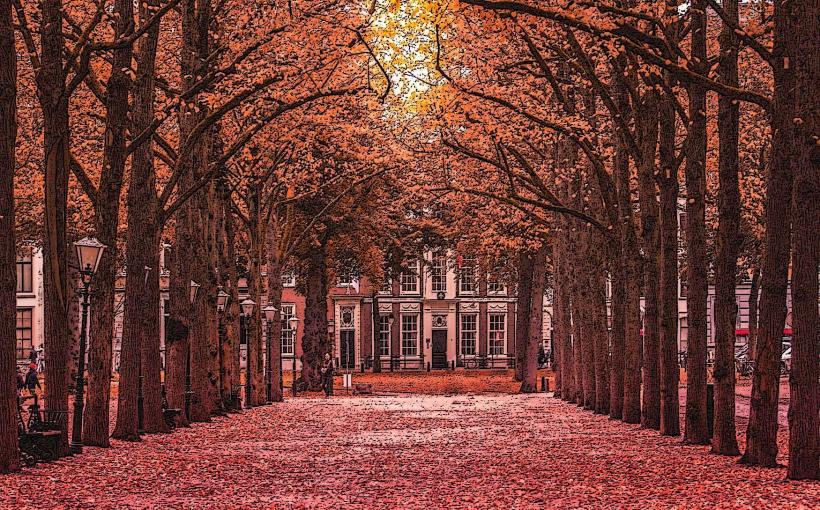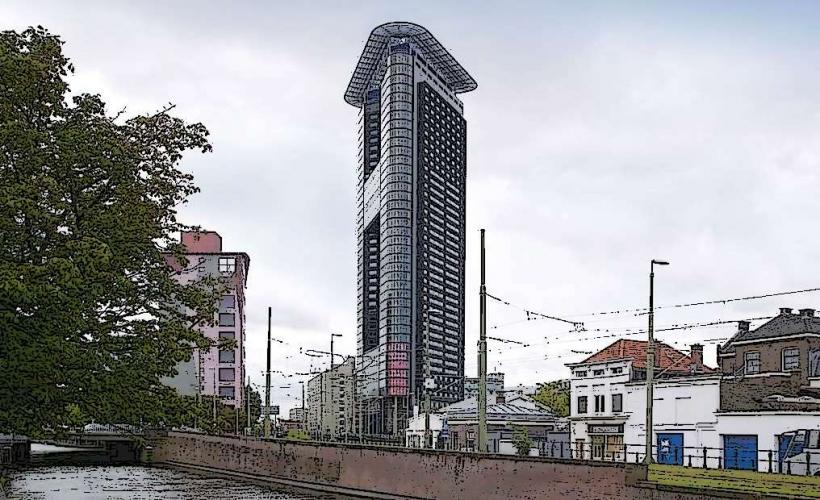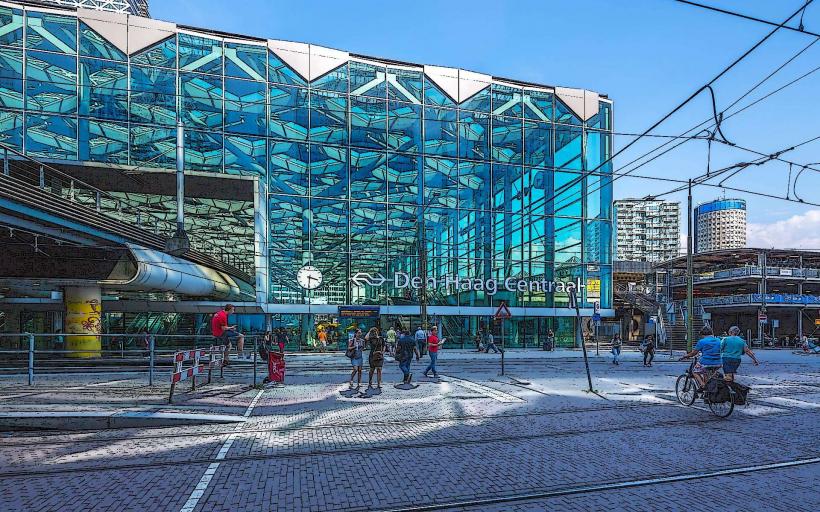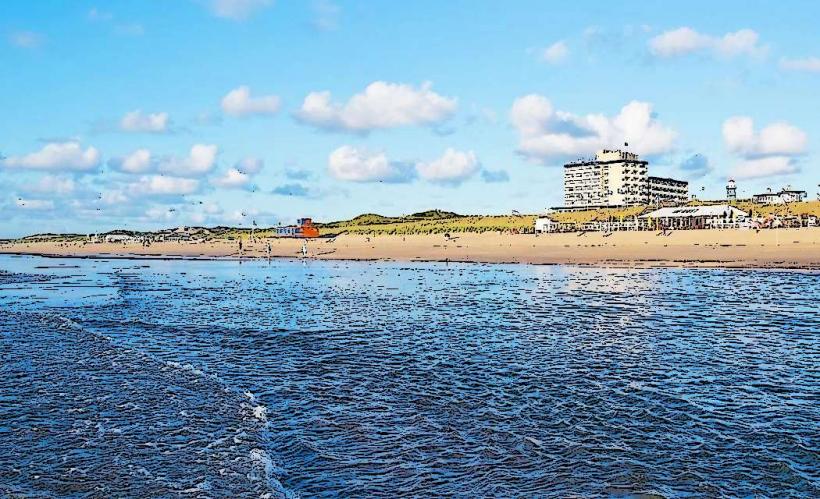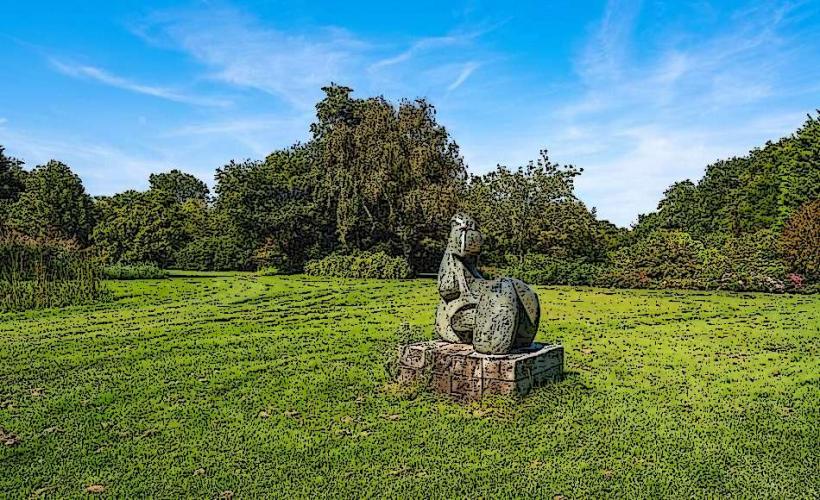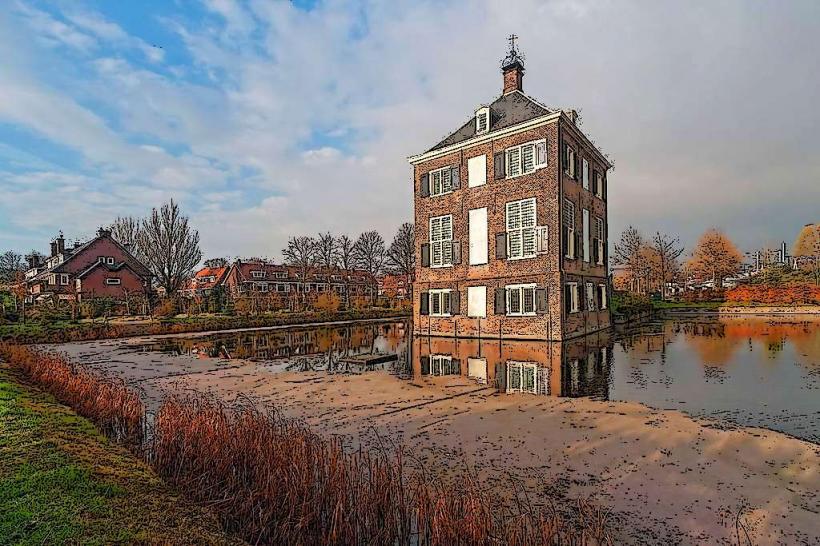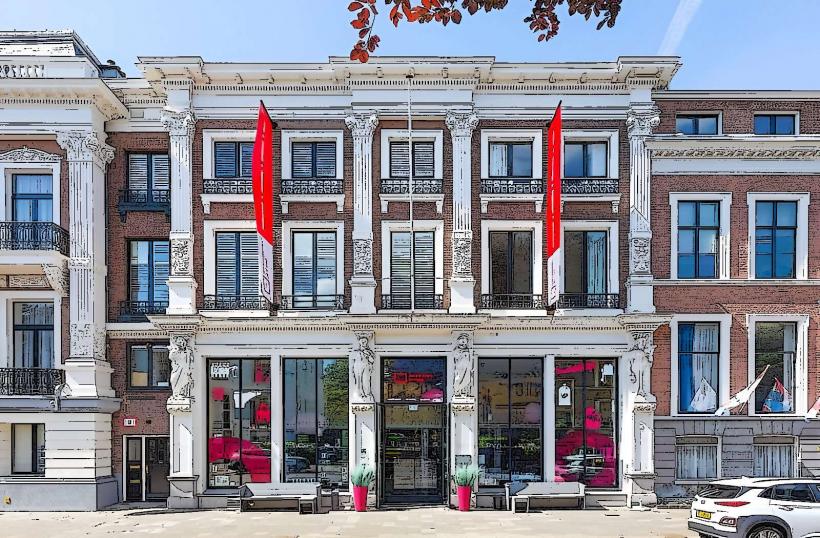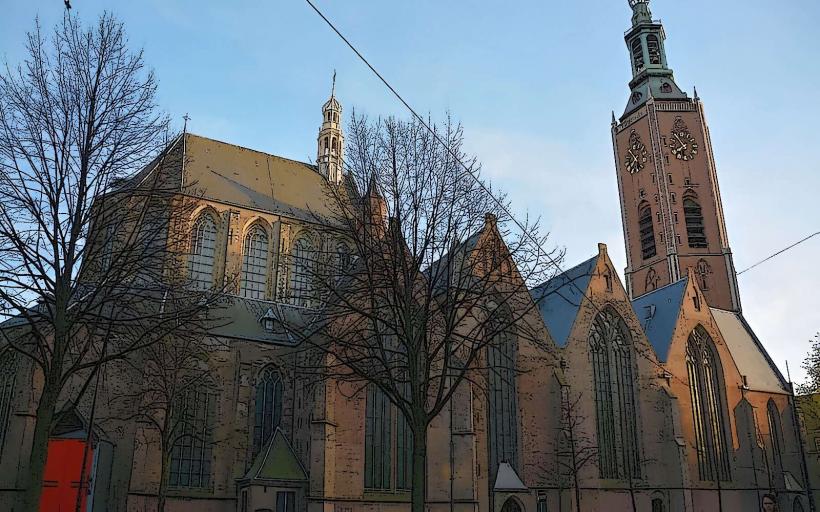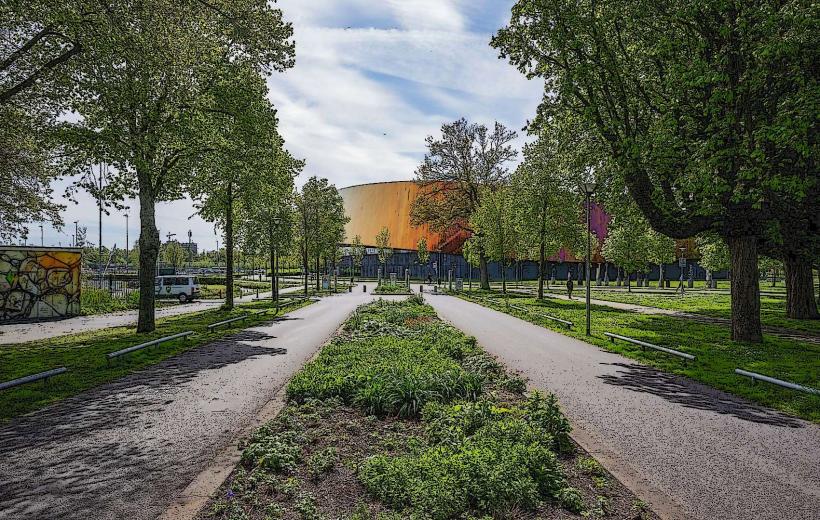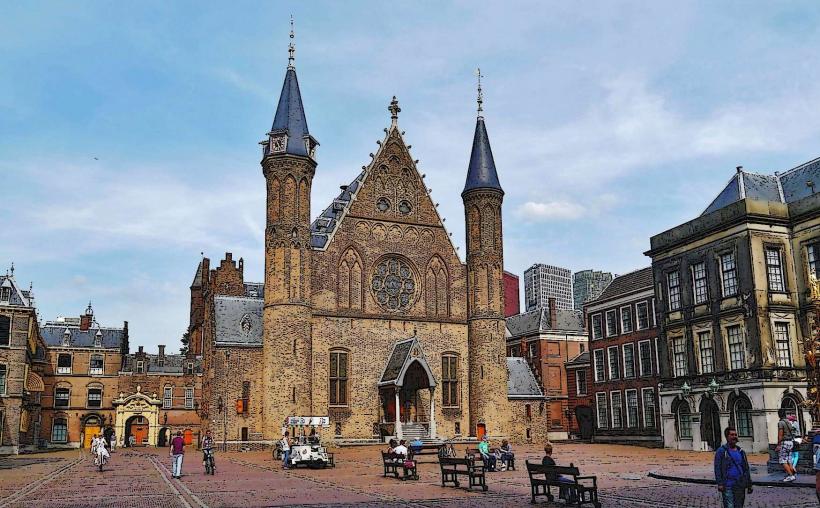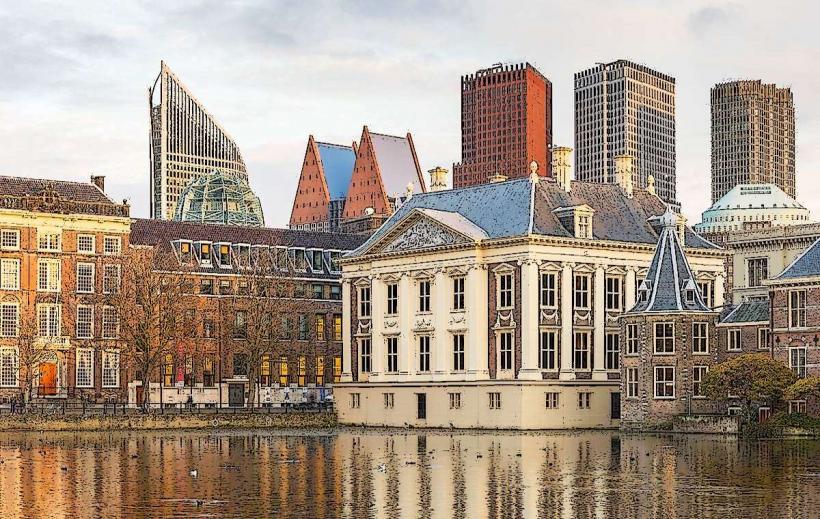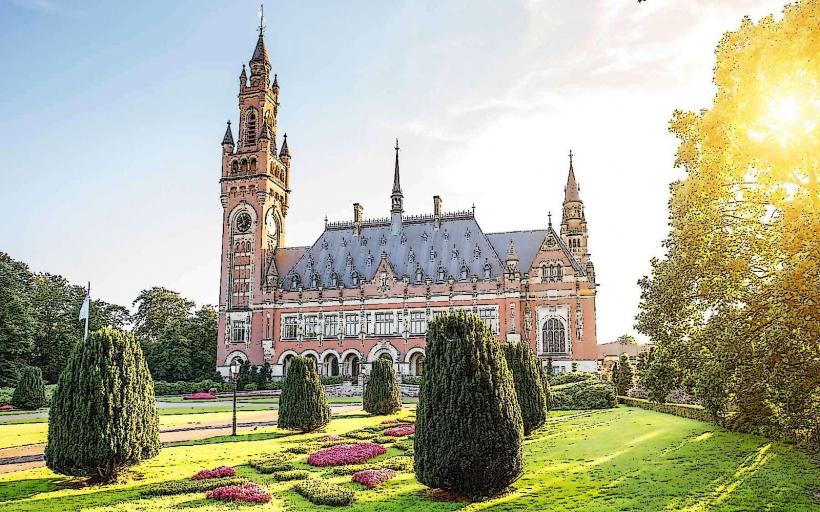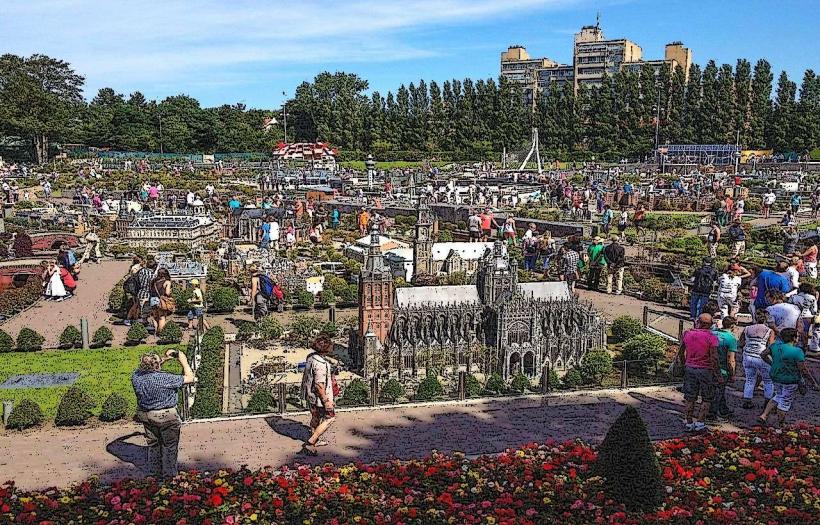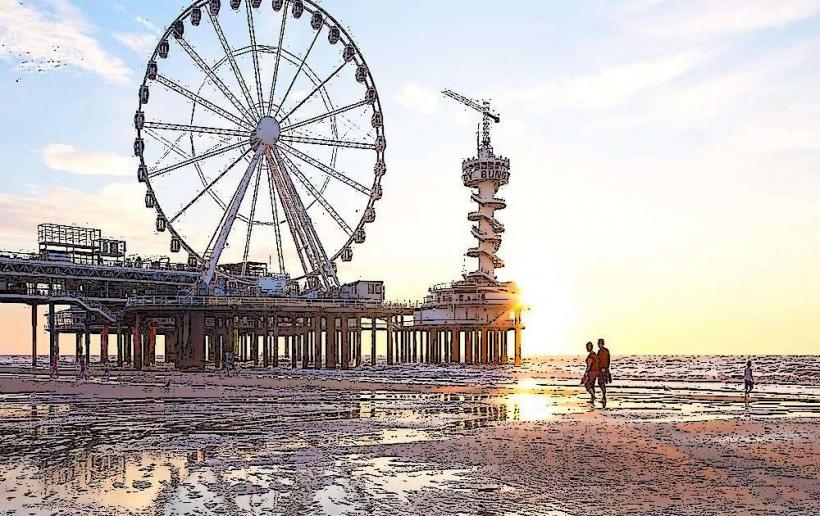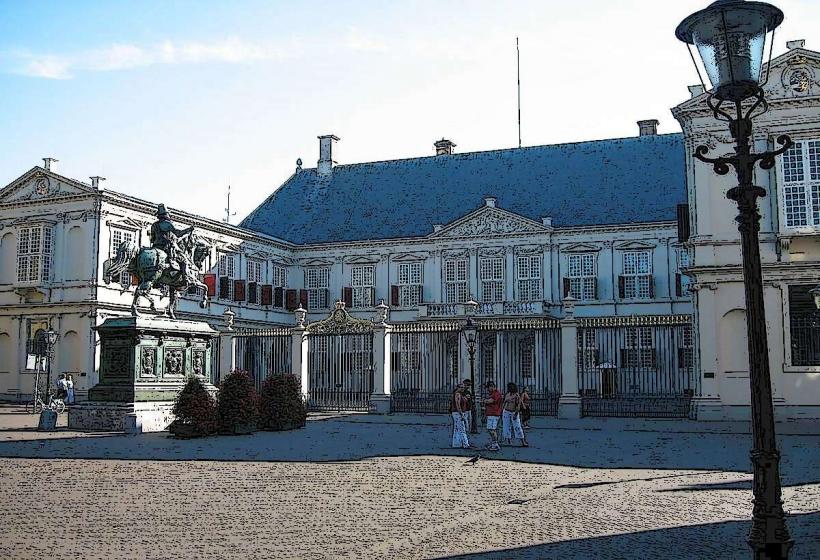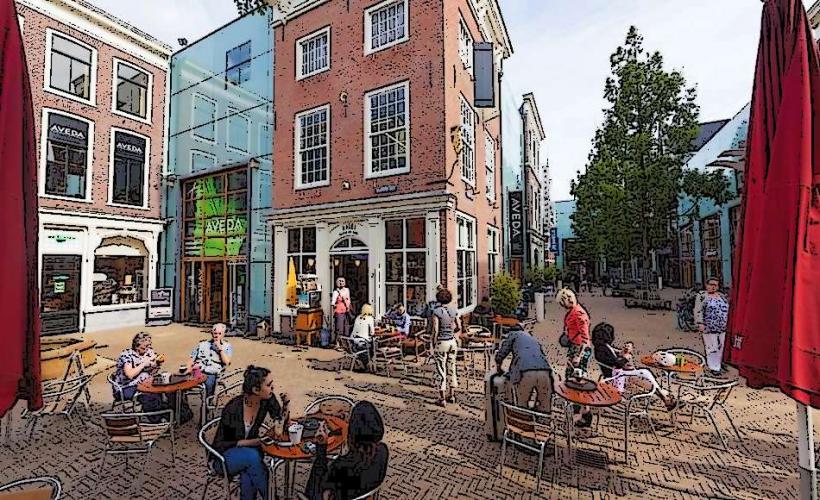Information
Landmark: GemeentemuseumCity: The Hague
Country: Netherlands
Continent: Europe
The Gemeentemuseum, also known as the Municipal Museum, is one of the most important cultural institutions in The Hague, Netherlands. It is renowned for its rich collection of modern art, design, and historical exhibits, showcasing the artistic and cultural evolution of the city and the country. The museum's striking architecture and diverse range of collections make it a must-visit for art lovers and visitors to The Hague.
1. History and Overview
- Founded: The Gemeentemuseum was founded in 1935, and its mission has always been to promote and showcase a wide array of art from various periods, focusing especially on modern art. Over the years, the museum has expanded its focus to include collections in design, fashion, and historical artifacts.
- Architectural Design: The museum is housed in a building designed by the famous Dutch architect Henry van de Velde. Its bold, modernist architecture features a mix of Art Deco and functionalist elements. The museum has been carefully renovated and expanded over time to accommodate its growing collection and to enhance the visitor experience.
2. Key Collections and Exhibits
- Modern Art: One of the museum's most prominent collections is its modern art section. It contains works by famous artists from the 20th century, including Piet Mondrian, Theo van Doesburg, Gerrit Rietveld, and Henri Matisse. The museum is especially noted for its comprehensive collection of Mondrian's work, showcasing the evolution of his style from early figurative art to his famous abstract compositions, particularly his De Stijl works, which had a profound influence on modern art.
- The Hague School: The museum also highlights the Hague School of painters, a group of artists who were active in the late 19th and early 20th centuries. The school is known for its realistic depictions of Dutch life, landscapes, and urban scenes. The Gemeentemuseum holds a significant collection of works by artists like Jozef Israëls and Hendrik Willem Mesdag, key figures of the movement.
- Fashion and Design: Another important aspect of the Gemeentemuseum is its design collection, particularly in the realms of fashion and industrial design. The museum regularly exhibits work from prominent Dutch designers, as well as international designers who have made significant contributions to the fields of fashion, graphic design, and product design.
- The museum has an extensive collection of fashion designed by Jacques Grange, Yves Saint Laurent, and Jean-Paul Gaultier, among others. It also celebrates the Art Deco period, showcasing stunning designs in jewelry, textiles, and furniture.
- Applied Art and Decorative Arts: The museum has a wide range of applied arts, including ceramics, glass, silverware, and other decorative items that reflect the changing trends in design across the centuries. The collection includes both historic pieces as well as more contemporary works, blending craftsmanship with artistic expression.
- Art Movements: The Gemeentemuseum also delves into the world of art movements such as Cubism, Futurism, and Surrealism, showcasing works by international artists like Pablo Picasso, Salvador Dalí, and others. These movements had significant impacts on the course of modern art and are well-represented in the museum's holdings.
3. Notable Exhibitions
- The museum regularly hosts temporary exhibitions, focusing on specific themes, movements, or individual artists. These exhibitions provide a deeper understanding of the artists and the creative periods they represent. Past exhibitions have included retrospectives of Piet Mondrian, Theo van Doesburg, and other influential figures of modernism.
- The Gemeentemuseum often collaborates with other institutions and galleries, bringing international art exhibitions to The Hague, enhancing the cultural landscape of the city.
4. Architectural Features and Design
- The building itself is a work of art, designed to complement the collections within. The structure is characterized by its spacious galleries, clean lines, and large windows, creating an open, light-filled environment that enhances the viewing experience.
- The entrance hall is especially striking, with its grand staircase and unique architectural details. The museum's design integrates both classic elements and modernist aesthetics, making it a significant landmark in The Hague.
- The museum also features beautifully landscaped gardens and outdoor spaces that allow visitors to relax and enjoy the surrounding area after exploring the exhibits.
5. Visitor Experience
- Interactive Displays: The museum features a range of interactive displays and educational programs aimed at engaging visitors of all ages. Special workshops, guided tours, and family activities are offered regularly, making the museum both a cultural hub and a learning environment.
- Café and Museum Shop: The museum has a café where visitors can enjoy refreshments while taking in views of the museum’s gardens. The museum shop offers a wide selection of art books, design objects, and other cultural products, allowing visitors to take home a piece of the museum’s experience.
6. Cultural Impact
- The Gemeentemuseum plays a significant role in the cultural life of The Hague. As the museum continues to expand and evolve, it serves as a center for art lovers, designers, historians, and tourists alike. It actively contributes to the understanding and appreciation of modern art and design, not only in the Netherlands but also internationally.
7. Conclusion
The Gemeentemuseum is a must-visit destination for anyone interested in modern art, design, and the cultural heritage of the Netherlands. Whether you are a fan of Piet Mondrian’s abstract works, a lover of Art Deco design, or simply looking to explore a dynamic collection of modern artistic movements, the museum offers something for every visitor. With its impressive architecture, exceptional collections, and engaging exhibits, the Gemeentemuseum remains one of The Hague’s premier cultural institutions.

